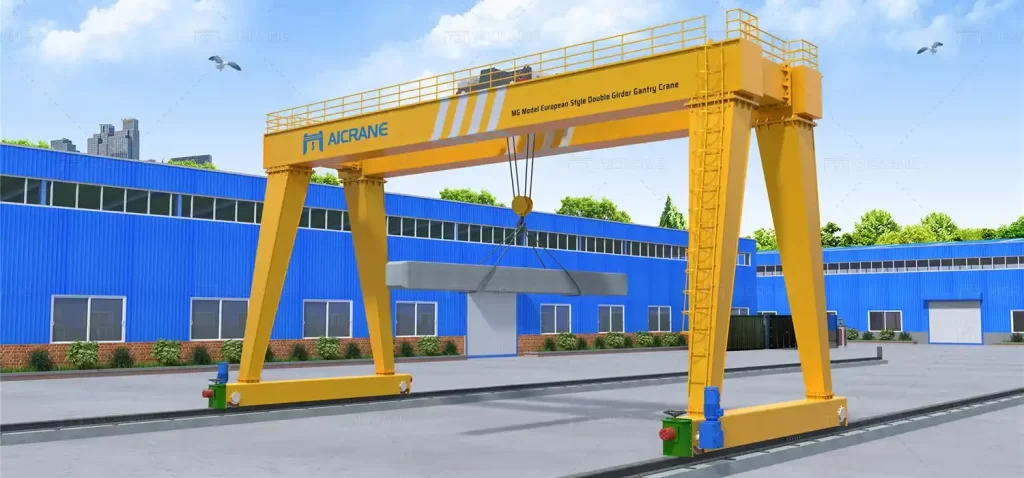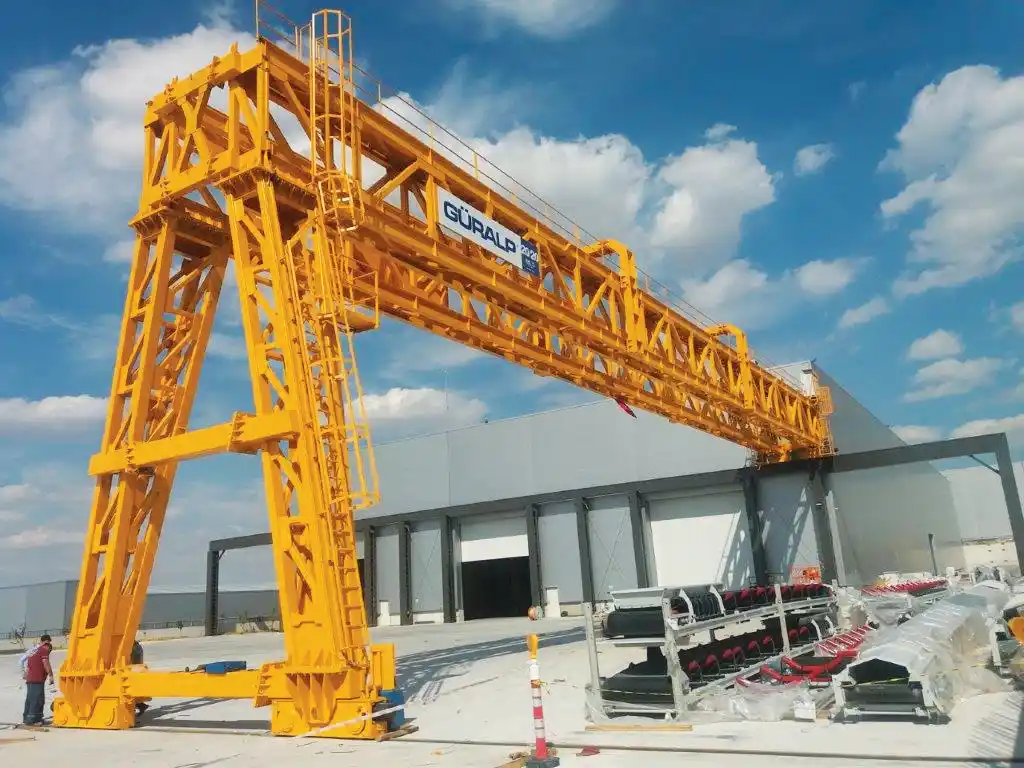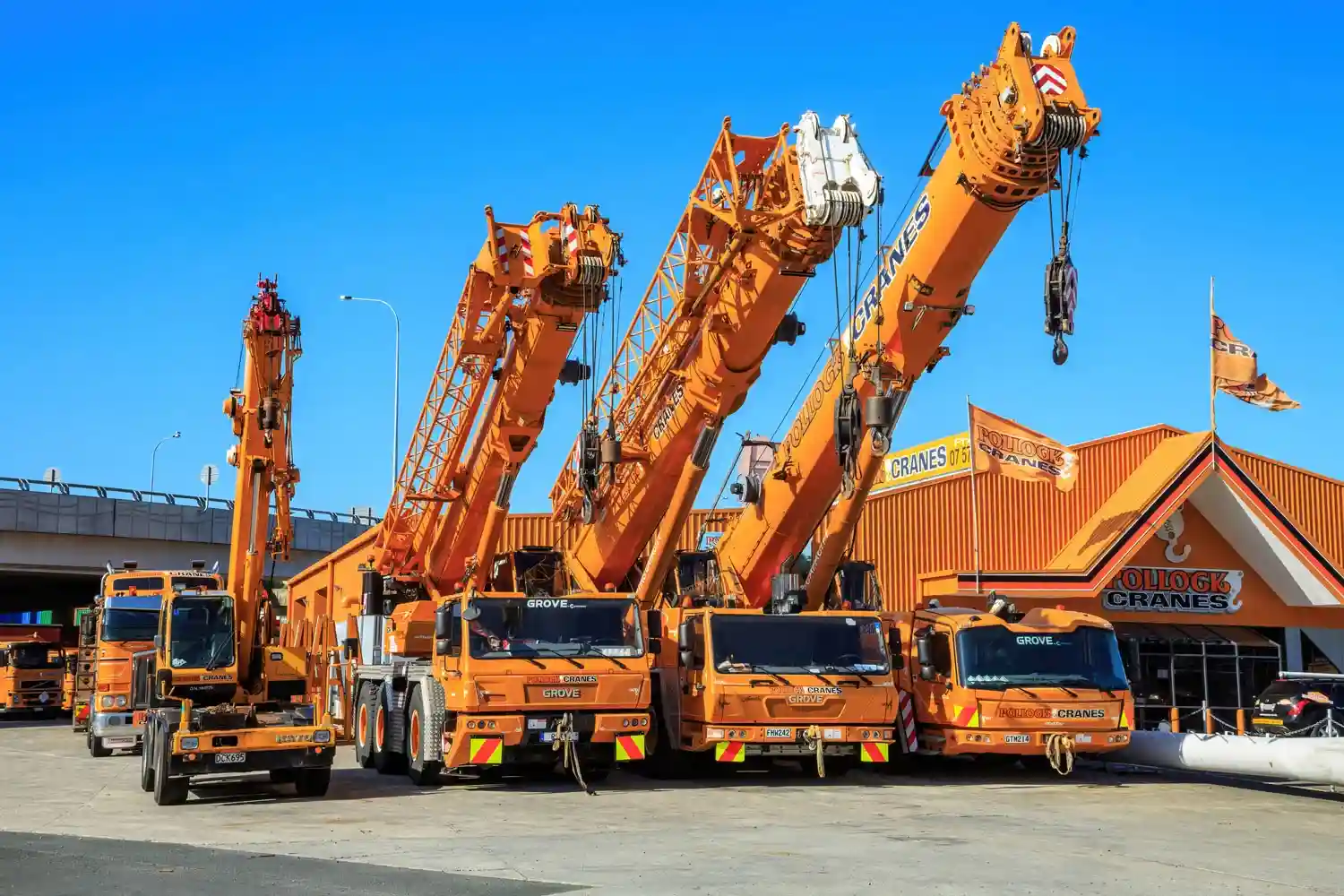Crane Servicing: Ensuring Safety, Efficiency, and Longevity
What is Crane Servicing?
Crane servicing involves routine inspections, maintenance, and repairs to ensure cranes operate safely and efficiently. Cranes are essential for lifting and moving heavy materials in industries like construction, mining, shipping, and manufacturing. Due to the heavy loads and high-risk operations, regular servicing is crucial to prevent malfunctions and extend the crane’s lifespan.

Importance of Crane Servicing
1. Safety Assurance
Regular servicing helps detect potential issues early, reducing the risk of mechanical failure or accidents.
2. Improved Operational Efficiency
A well-maintained crane performs better, making operations smoother and minimizing downtime.
3. Cost Savings
Early detection of wear or minor issues prevents expensive repairs or replacements, saving money in the long term.
4. Compliance with Regulations
Many regions have strict safety regulations for crane operations, and regular servicing ensures compliance with these standards.
Types of Crane Servicing
Preventive Maintenance
Routine checks to identify and address minor issues before they escalate. Includes lubricating parts, checking fluids, and replacing worn-out components.Predictive Maintenance
Uses data and sensors to monitor crane condition in real-time, enabling early intervention based on wear patterns and performance changes.Corrective Maintenance
Involves repairs and part replacements when malfunctions occur, focusing on restoring cranes to full operational capability.Annual Inspection and Certification
A comprehensive inspection is conducted annually to ensure cranes meet legal safety standards and are fit for continued operation.
Crucial Components in Crane Servicing
Boom and Jib
Check for structural integrity, including any signs of cracking or bending. These components carry heavy loads, so they are prone to wear.Wire Ropes and Chains
Inspect for fraying, corrosion, and stretching, which can compromise crane safety and lead to lifting failures.Hydraulic Systems
Verify hydraulic fluid levels and check for leaks. Hydraulic failure can lead to operational hazards and inefficient lifting.Brake and Clutch Systems
These systems prevent the load from dropping unexpectedly and need regular adjustments to maintain control over heavy materials.Electrical Components
Includes inspecting wires, switches, and control panels to avoid electrical faults, which can cause operational delays or accidents.

Steps in a Comprehensive Crane Servicing Process
1. Pre-Service Inspection
Begin with a thorough inspection, identifying any visible wear, misalignment, or corrosion on crucial parts like wires and gears.
2. Testing the Load Capacity
Test cranes under load conditions to verify they can handle their designated weight without strain or signs of malfunction.
3. Lubrication of Moving Parts
Apply lubrication to hinges, chains, and wires to minimize friction, which can wear down parts over time.
4. Alignment and Adjustments
Adjust the alignment of components like the boom and jib, ensuring the crane remains balanced during lifting.
5. Data-Driven Monitoring (If Applicable)
Modern cranes often have sensors that track performance metrics; using this data can help predict when servicing or part replacement is needed.
6. Certification and Documentation
After servicing, a certified technician can document the process and validate that the crane meets safety standards, which is essential for regulatory compliance.
When Should You Service Your Crane?
Daily Inspections
Operators should perform quick checks at the start and end of each shift, especially for visible wear or leaks.Weekly Servicing
Conduct a more thorough inspection, including the brake, hydraulic, and electrical systems, to ensure everything is functioning properly.Monthly Maintenance
Scheduled servicing that includes lubrication, testing under load, and realigning components for smooth operation.Annual Inspection and Certification
A licensed technician should complete this detailed inspection and certify the crane’s fitness for continued use.
Technological Advances in Crane Servicing
1. IoT-Enabled Condition Monitoring
Sensors placed on cranes collect real-time data on performance, stress, and wear, providing early warnings for required servicing.
2. Predictive Analytics and AI
Predictive maintenance leverages AI algorithms to analyze crane data, predicting potential issues based on usage patterns and part wear.
3. Augmented Reality (AR) in Repairs
AR technology allows technicians to visualize crane components, enhancing the accuracy and speed of complex repairs.
4. Remote Diagnostics
Many modern cranes support remote diagnostics, allowing service teams to identify and sometimes resolve issues from a distance, minimizing downtime.
Common Challenges in Crane Servicing
Heavy Usage and Wear
Cranes in industries like mining and construction are heavily used, requiring more frequent maintenance due to rapid wear and tear.Environmental Conditions
Cranes operating in harsh environments, such as salty marine air or dusty construction sites, are more prone to corrosion and damage.Availability of Parts
Replacing worn-out parts can be delayed if specific components are not readily available, impacting crane operation schedules.Operator Skill Level
Operator error due to inadequate training can lead to frequent breakdowns, emphasizing the need for both servicing and operator training.
SSC Works: Reliable Crane Servicing and Maintenance Solutions
At SSC Works, we understand that reliable crane performance is essential for your projects. Our experienced team offers comprehensive crane servicing and maintenance, ensuring safety, compliance, and efficiency. From routine inspections and hydraulic repairs to full mechanical overhauls, SSC Works is equipped with the latest technology and skilled technicians to keep your crane operating at its best. Let us handle the details, so you can focus on achieving success in your lifting operations.

